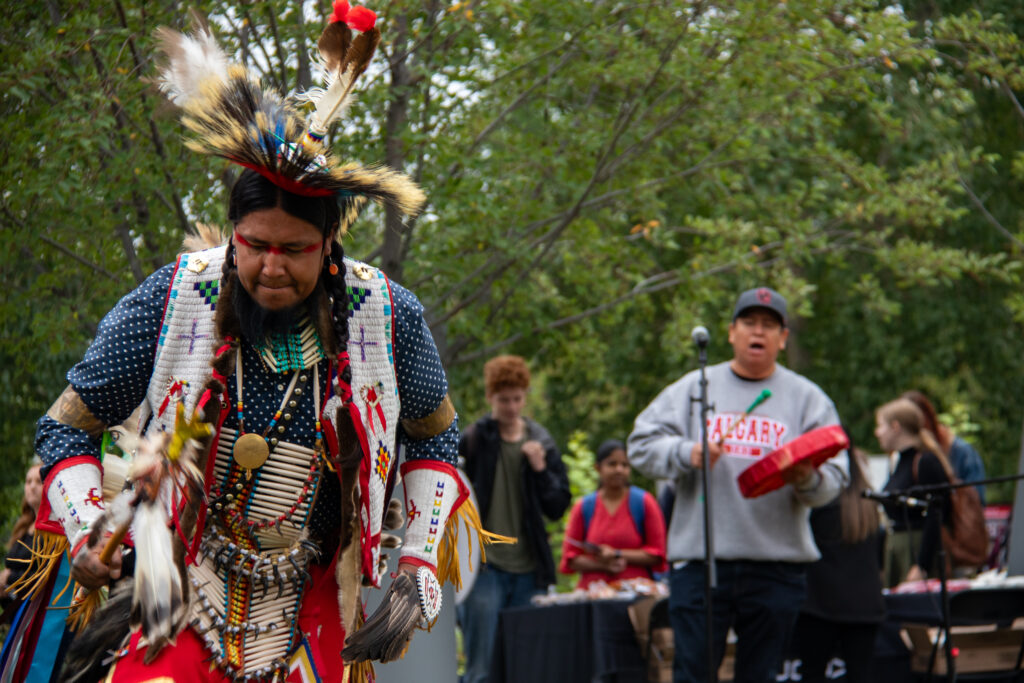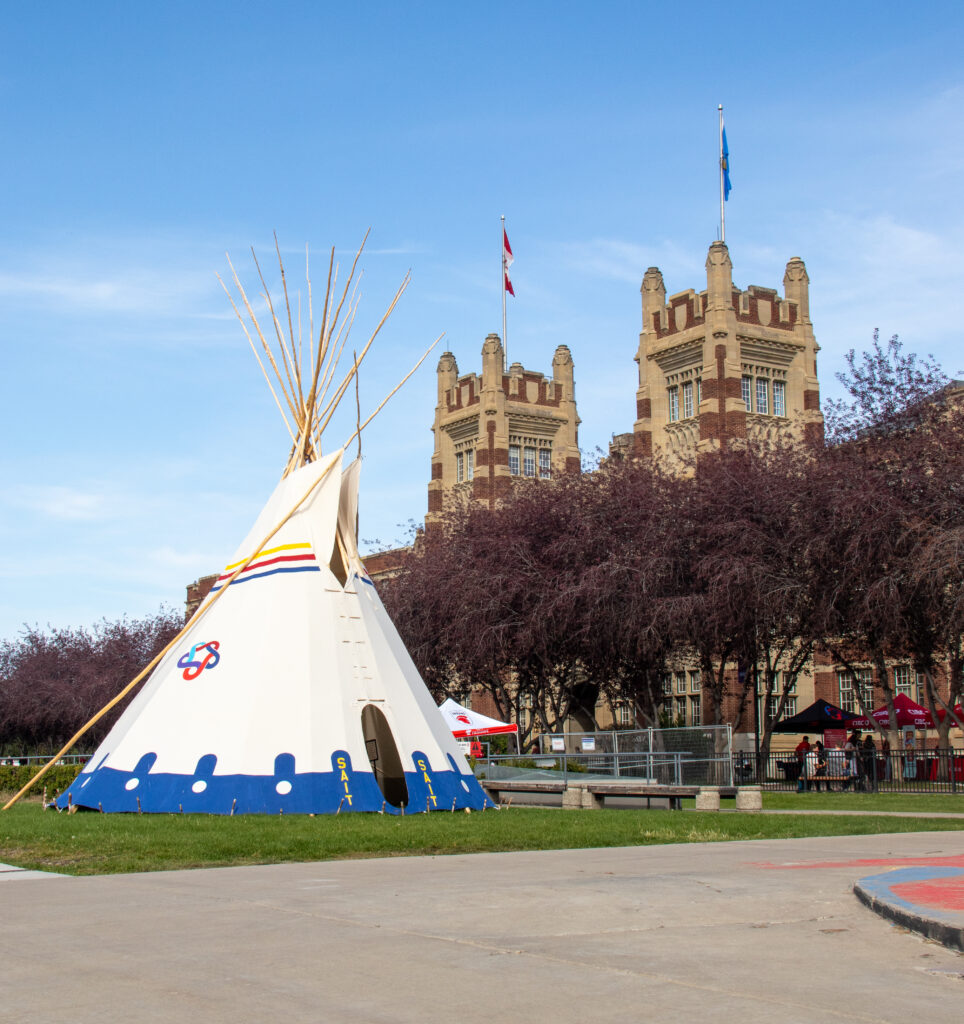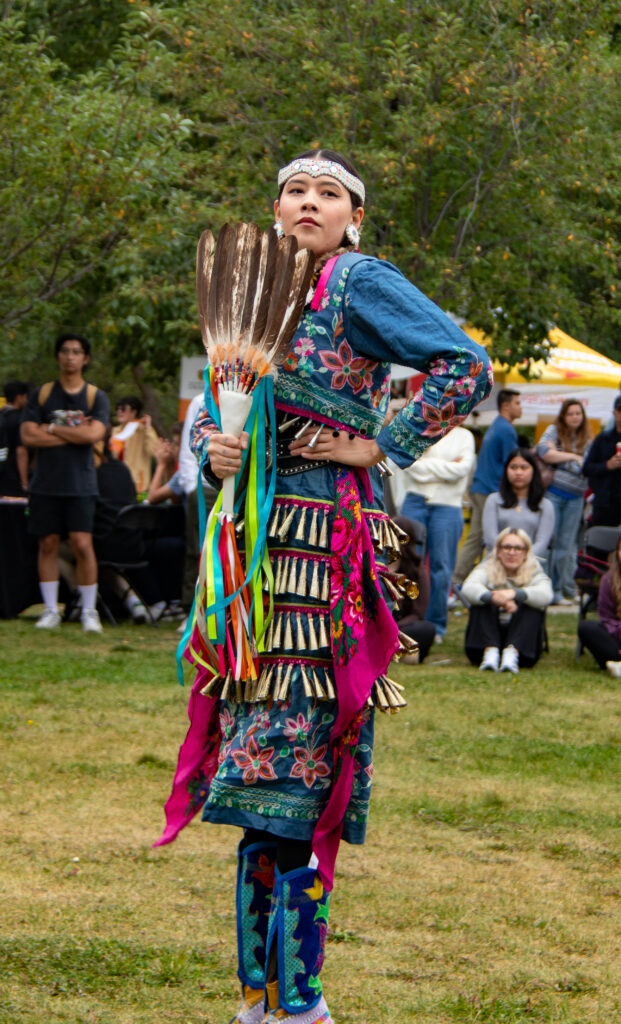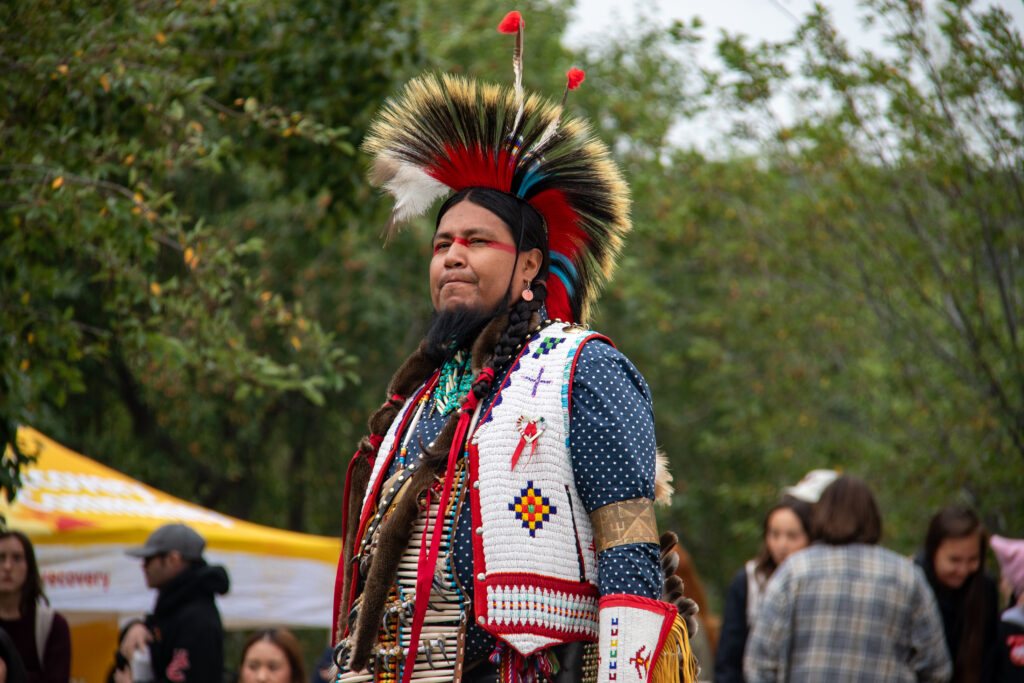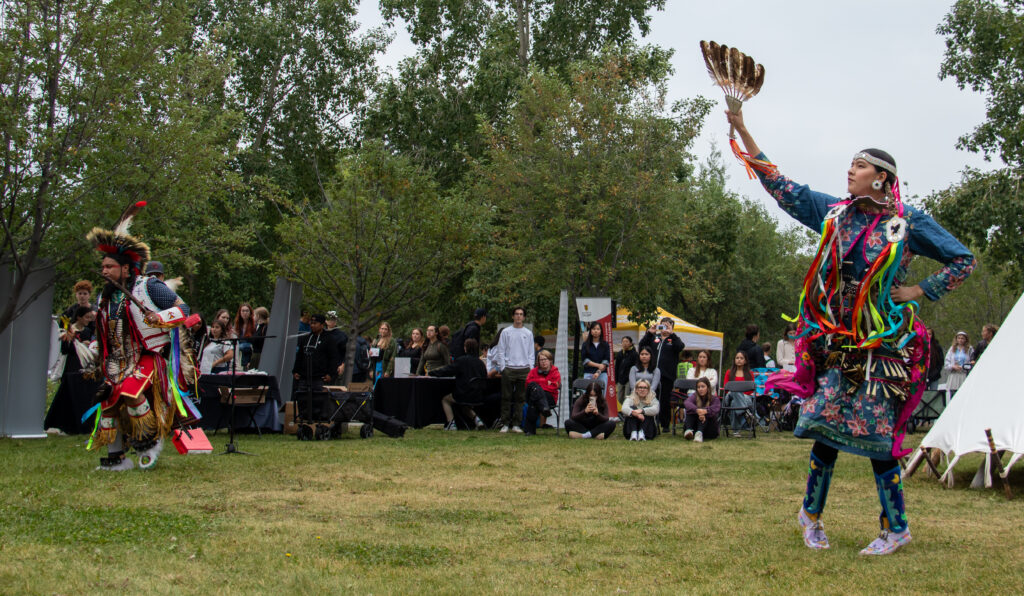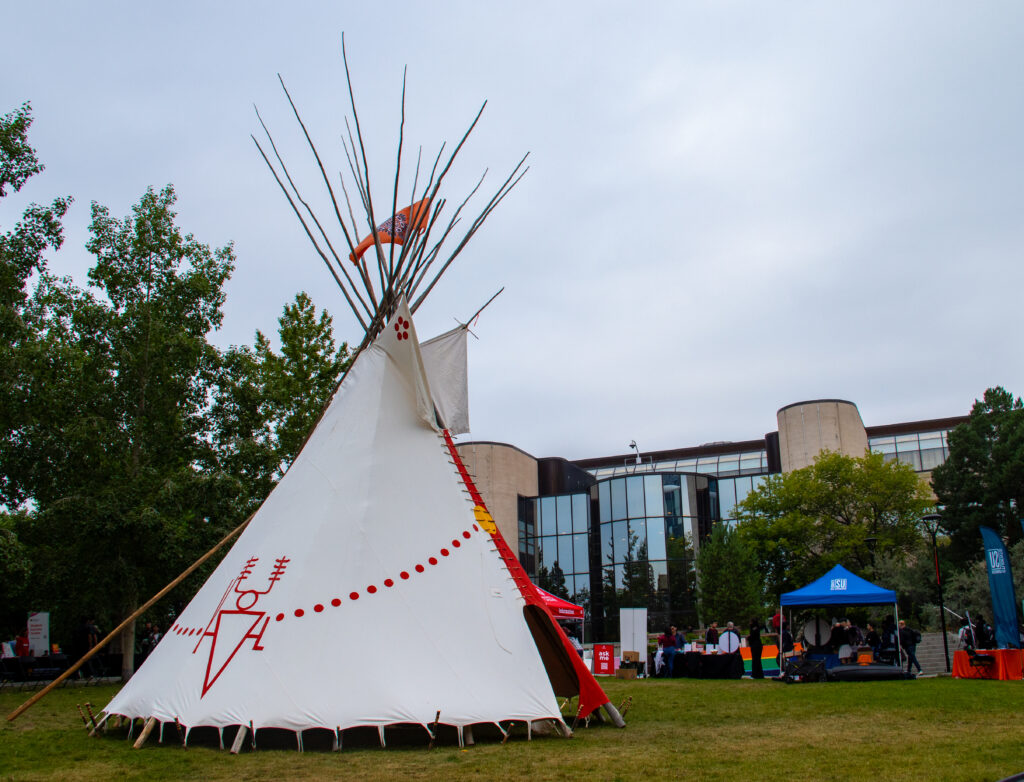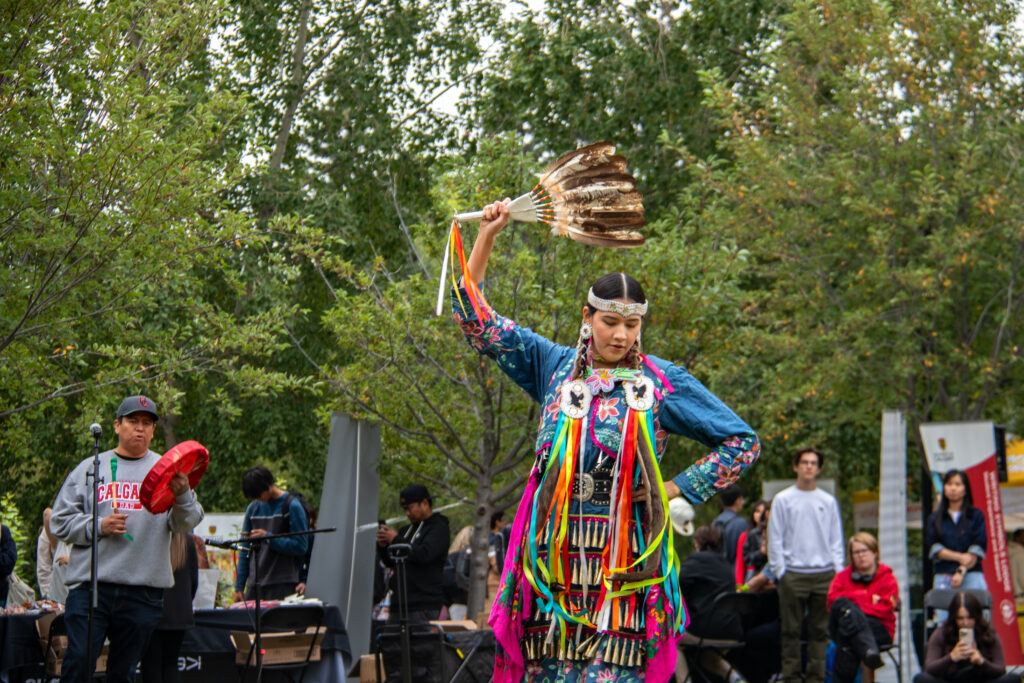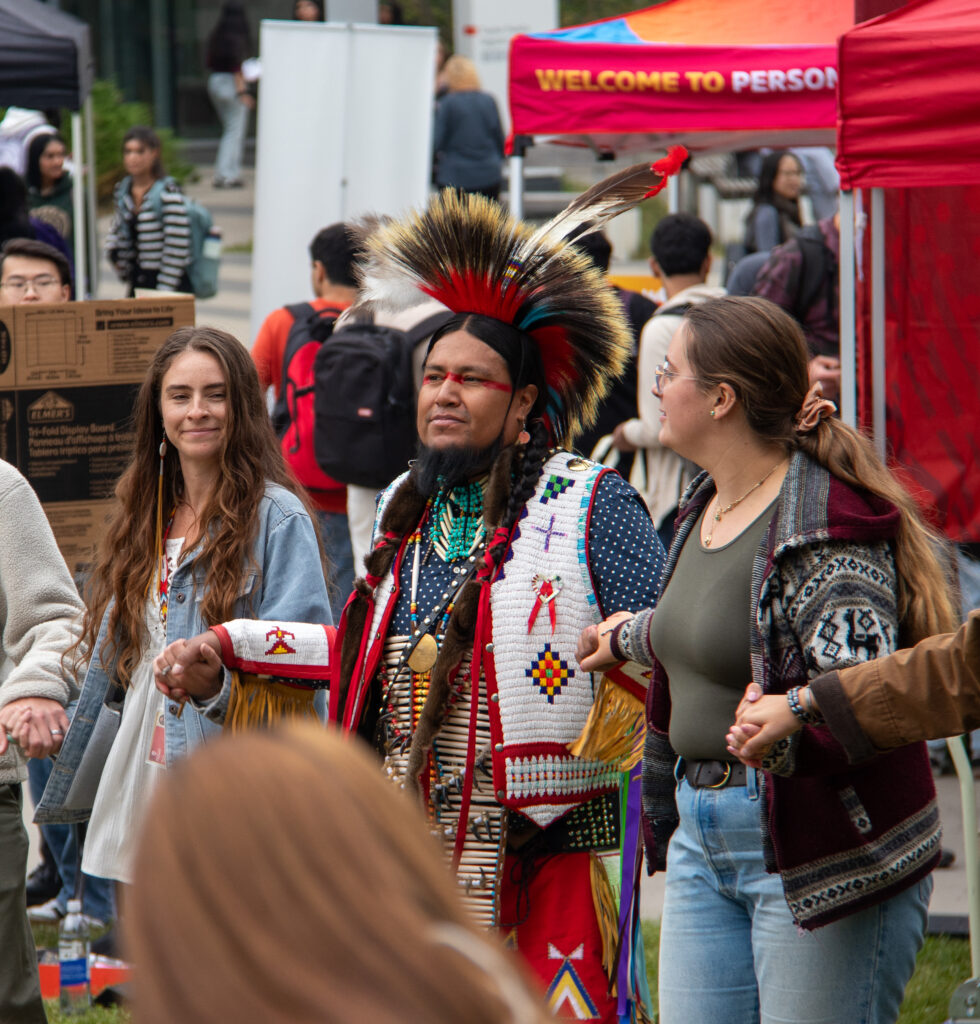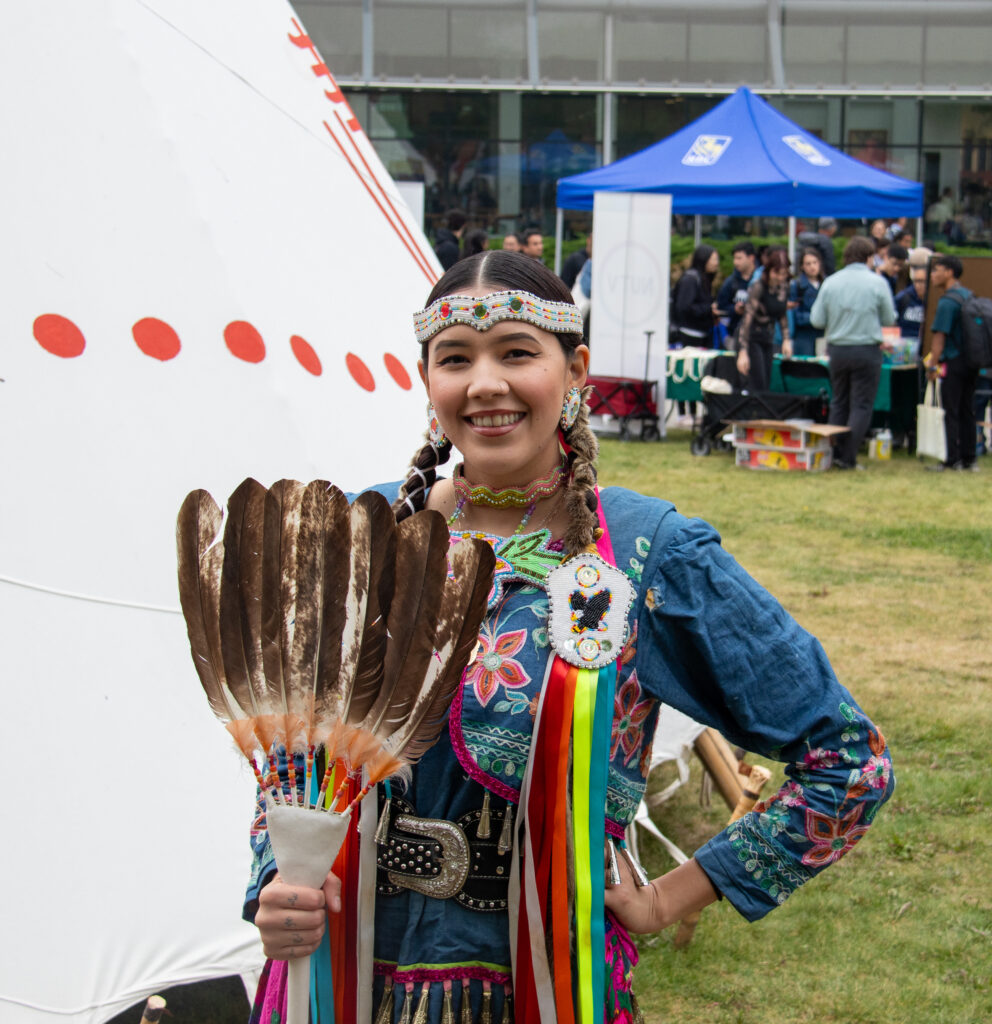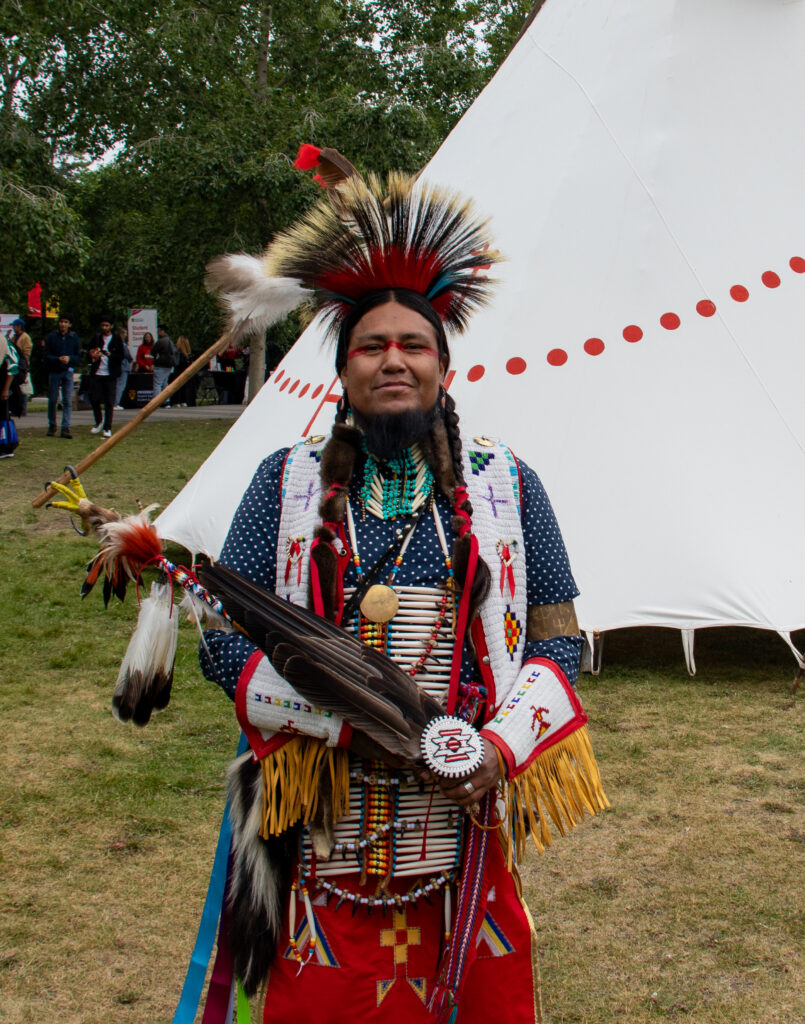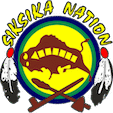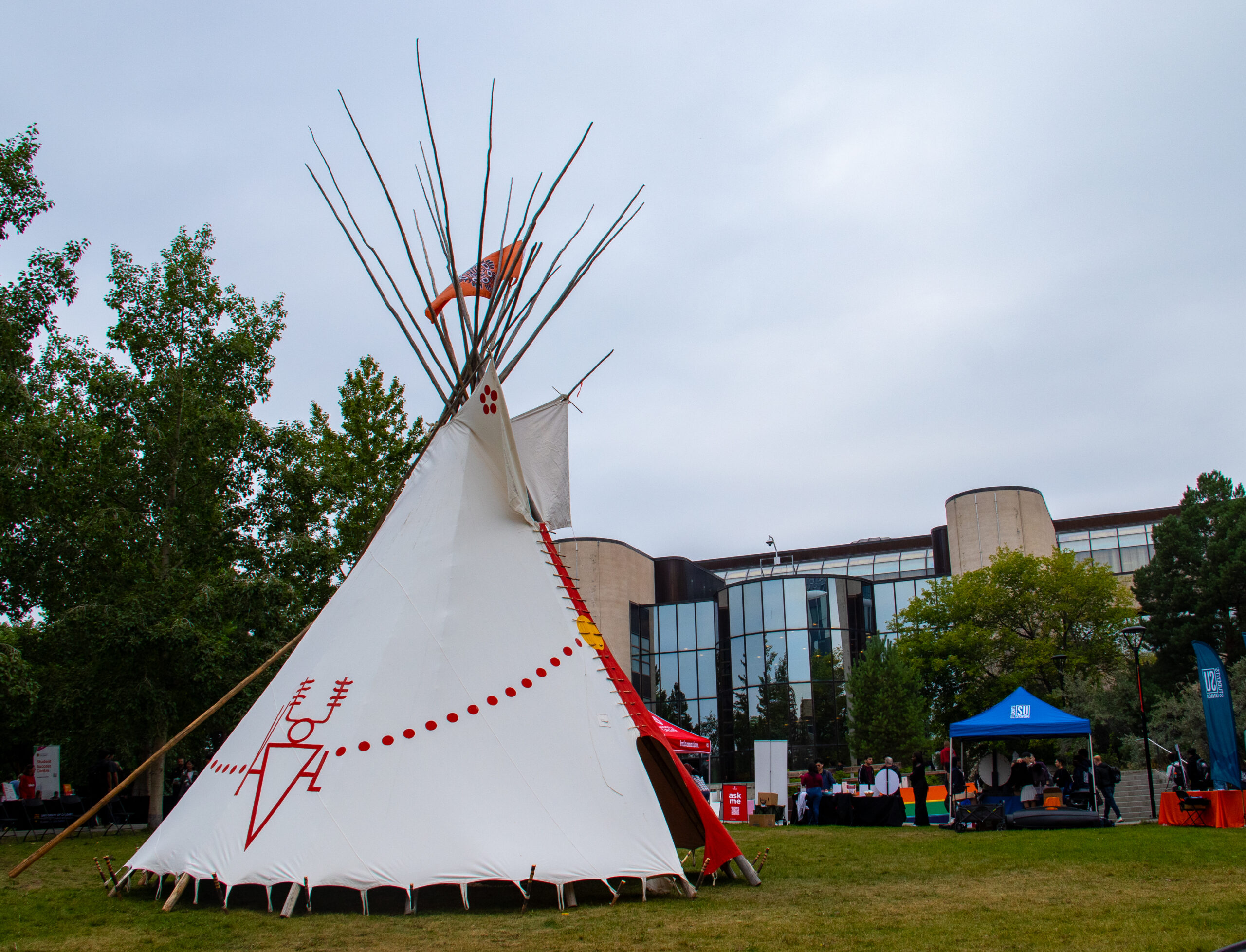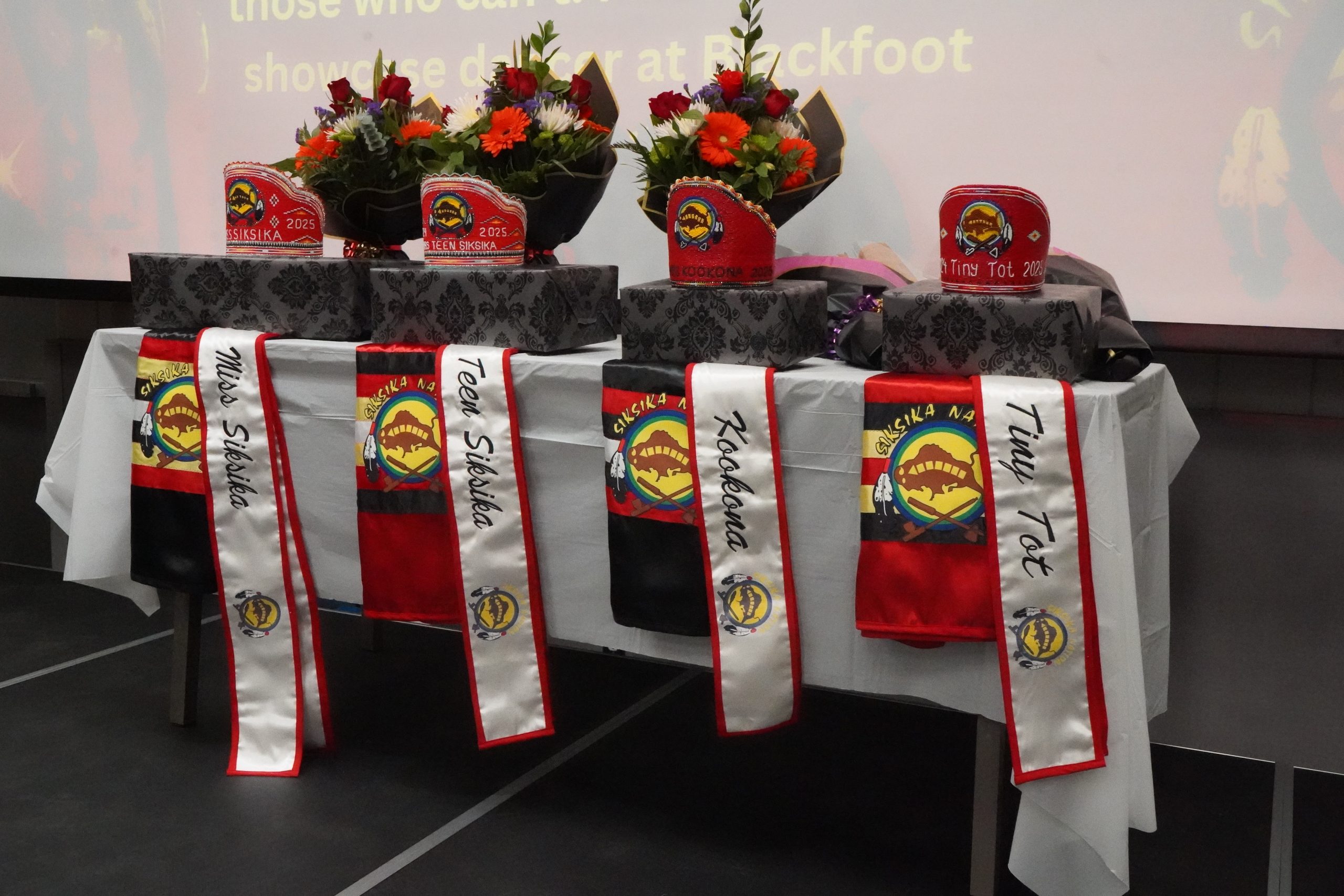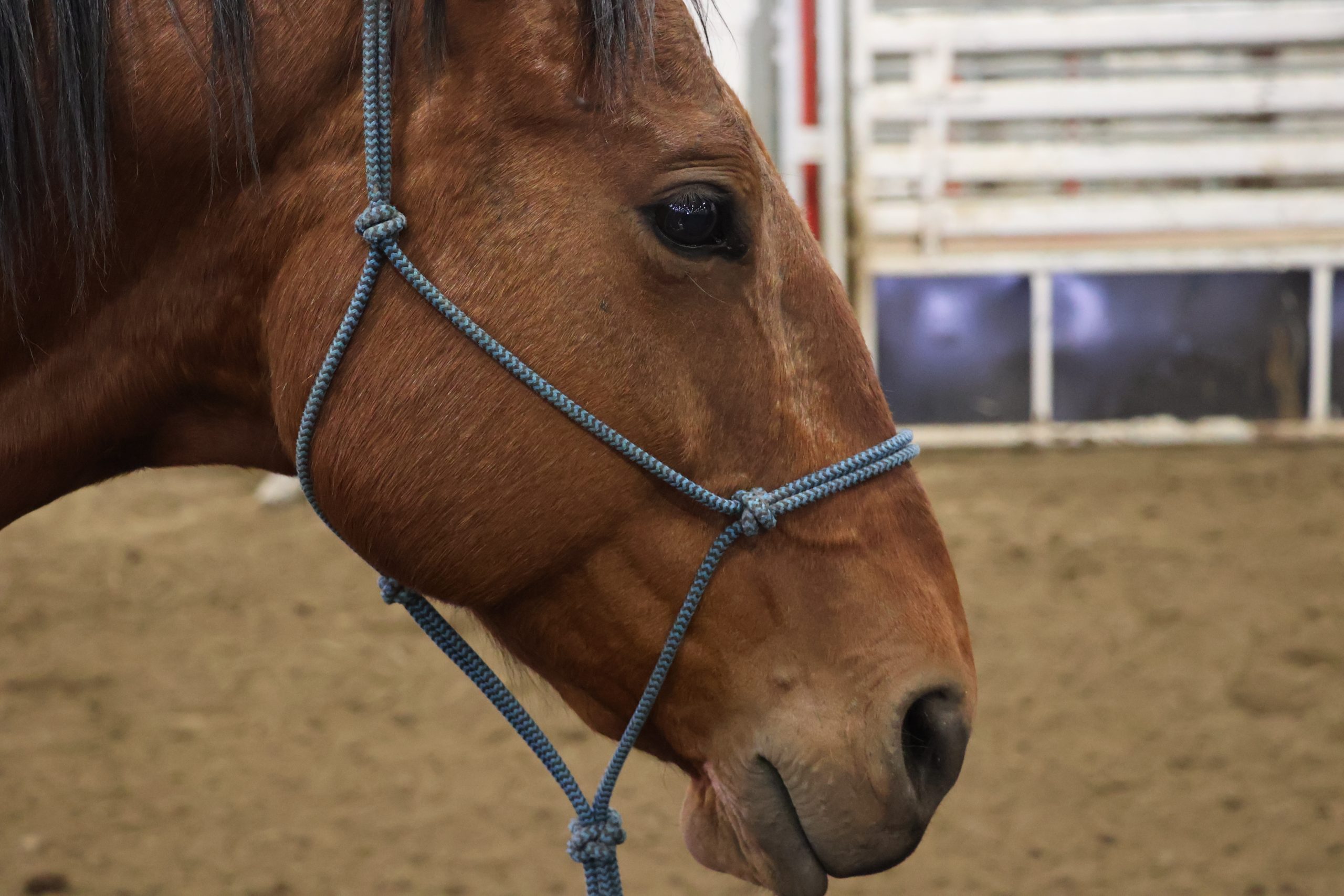By Jayson Black Kettle
As summer concludes, students of all ages return to school, including adults and recent graduates pursuing post-secondary education. For Indigenous students coming to study in Calgary, returning to school often means identifying safe spaces that support their academic and cultural needs.
At the Southern Alberta Institute of Technology, the Natoysopoyiis Lodge provides a safe space for Indigenous students to study and connect. At the University of Calgary, students gather at the Writing Symbols Lodge, where they find a supportive place to study
Both lodges offer more than study space—many events, including prayers and teachings by elders, take place throughout the semester.
Elly YellowHorse serves as the Indigenous wellness support coordinator at SAIT. She provides holistic support—everything from food access to laptops—for students who need it. She recalled helping a student secure a refurbished laptop.
“It helped him so much,” she said. “He ended up passing his third year.”
Natoysopoyiis also offers free tutoring in subjects such as math and science—areas YellowHorse says students frequently need extra help with.
YellowHorse described the unique challenges Indigenous students face, particularly those transitioning from reserve communities.
She recounted the experience of a student from the Northwest Territories who came to Calgary for an eight-week apprenticeship. Feeling isolated and disconnected from her family, the student approached YellowHorse, expressing a need for support: “I just, like, need some support right now.”
Similarly, at the University of Calgary, Indigenous students find community and support through the Writing Symbols Lodge.
Shalise Olivier, a Siksika student pursuing a combined degree in commerce and science, formerly attended the Indigenous Student Access Program (ISAP).
She frequently studied at the Writing Symbols Lodge, where she found comfort in shared cultural practices. Before exams or to begin a new day, she would smudge there: “A place to smudge and start fresh,” she said
Olivier grew up in Calgary, but she—and cohorts who came from reserves and attended ISAP together—found comfort in shared cultural ties.
She bonded with peers who shared similar backgrounds, which boosted her confidence as she navigated the university campus.
“I felt a little disconnected from my culture,” she added. Meeting others in the lodge helped open up her eyes to her own culture, becoming more interested as she noted the similarities in her peers’ traditions.
Meanwhile, on Thursday, Sept. 4, the Writing Symbols Lodge welcomed students back to campus by presenting a joyous dance exhibition just outside the Taylor Family Digital Library. Powwow dancers Tobias Ear of the Stoney Nation and Lynnisa Pasap of the Sakimay First Nation danced with pride, showcasing their traditions to the assembled crowd and giving the campus community a warm cultural welcome to the academic year.
YellowHorse also encourages Indigenous students arriving in Calgary to connect with support early. “We’re a holistic approach, just walk in for anything, from academics to mental.”
